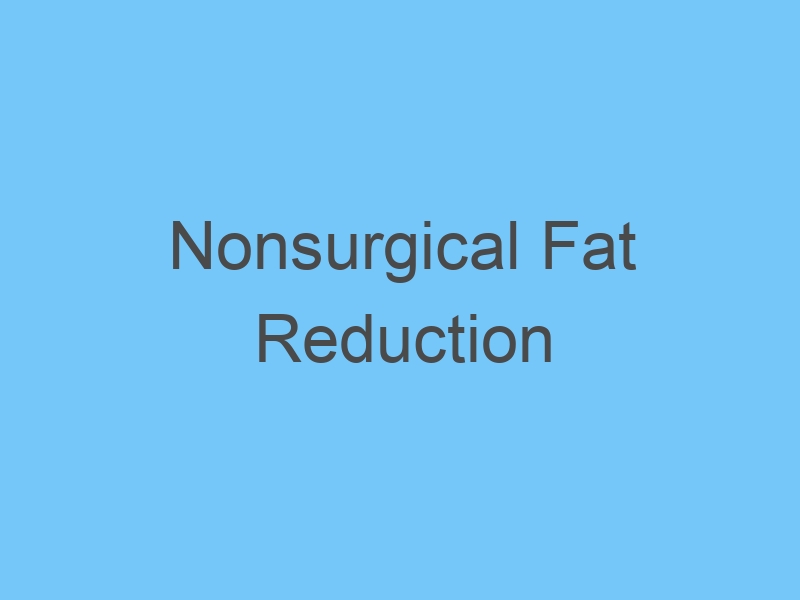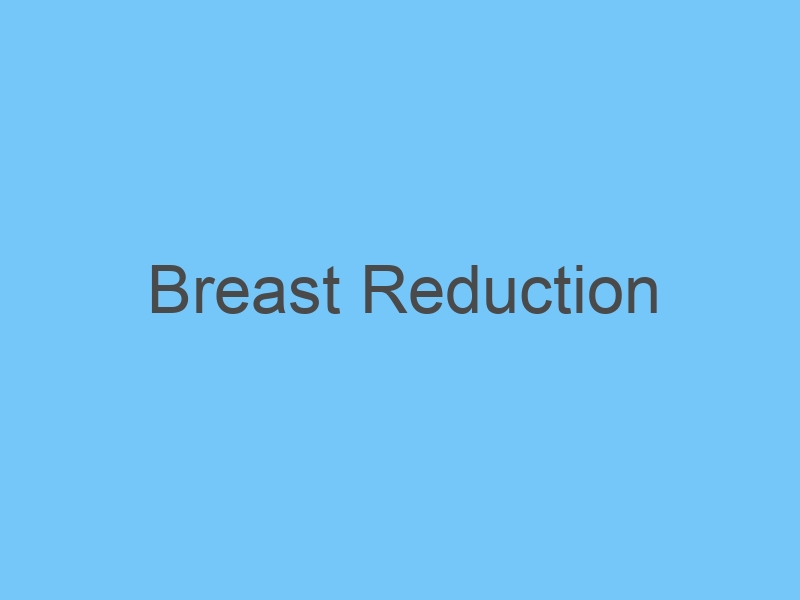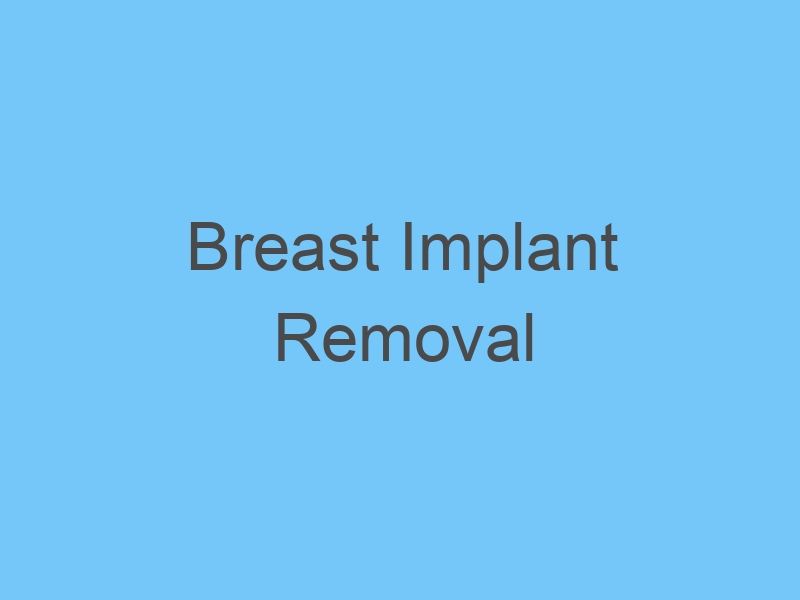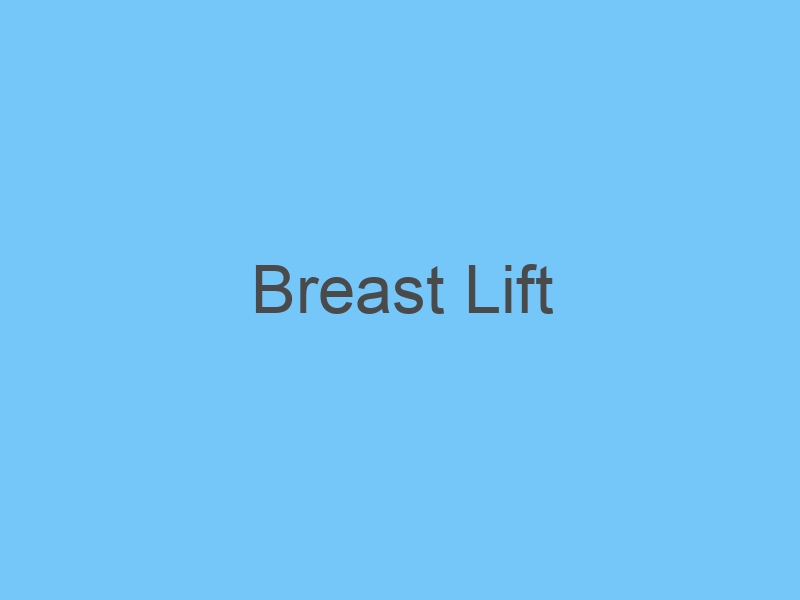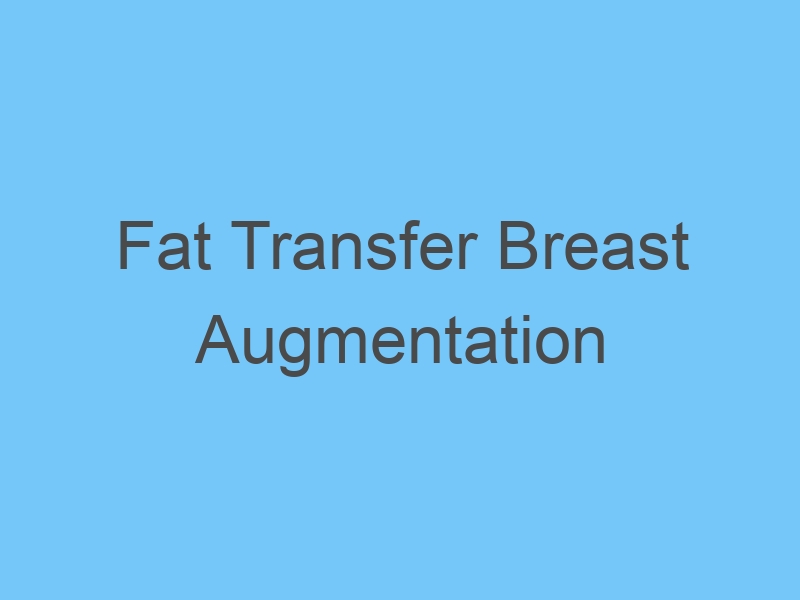
Rhinoplasty
Rhinoplasty is a surgical procedure commonly known as a “nose job.” It involves reshaping and restructuring the nose to improve its appearance or function. Rhinoplasty can be performed for cosmetic reasons to enhance the aesthetics of the nose or for functional reasons to address breathing difficulties and other nasal issues.
Here are some key points about rhinoplasty:
- Cosmetic Reasons: Many people opt for rhinoplasty to alter the size, shape, or proportions of their nose to achieve a more balanced and pleasing facial appearance. Common cosmetic concerns include removing humps or bumps on the bridge, refining the tip, narrowing the nostrils, or changing the angle between the nose and upper lip.
- Functional Reasons: In some cases, rhinoplasty is performed to improve nasal function. Deviated septums, nasal valve collapse, and other structural abnormalities can lead to breathing difficulties. Rhinoplasty can correct these issues and improve airflow.
- Open vs. Closed Rhinoplasty: There are two primary techniques for performing rhinoplasty: open and closed. In an open rhinoplasty, the surgeon makes an incision on the columella (the tissue between the nostrils) and lifts the skin to access the nasal structures. In a closed rhinoplasty, all incisions are made inside the nostrils, resulting in no external scarring. The choice of technique depends on the specific goals of the surgery and the surgeon’s preference.
- Recovery: After rhinoplasty, patients can expect some swelling, bruising, and discomfort around the nose and eyes. The initial recovery period typically lasts around 1 to 2 weeks, during which patients may need to avoid strenuous activities and take precautions to protect their nose. Full results may not be visible for several months as the swelling gradually subsides.
- Consultation and Planning: Prior to undergoing rhinoplasty, individuals should have a consultation with a board-certified plastic surgeon or facial plastic surgeon. During this consultation, the surgeon will discuss the patient’s goals, evaluate their nasal structure, and determine whether the desired changes are achievable.
- Realistic Expectations: It’s important for individuals to have realistic expectations about the results of rhinoplasty. Surgeons can provide digital imaging or other tools to help patients understand the potential outcome, but the final result can still be influenced by factors such as skin type, healing, and individual anatomy.
- Risks and Considerations: As with any surgical procedure, rhinoplasty carries potential risks and complications. These may include infection, bleeding, poor wound healing, asymmetry, dissatisfaction with the results, and in rare cases, damage to the underlying structures.
- Cost: The cost of rhinoplasty varies widely based on factors such as the surgeon’s experience, location, facility fees, and the complexity of the procedure. It’s important to obtain a detailed cost estimate during the consultation.
If you’re considering rhinoplasty, I recommend consulting with a qualified and experienced plastic surgeon or facial plastic surgeon to discuss your goals, concerns, and suitability for the procedure. They can provide personalized guidance based on your individual needs and desires.
How much is rhinoplasty surgery?
The cost of rhinoplasty surgery can vary significantly based on several factors, including:
- Surgeon’s Experience and Reputation: Highly experienced and reputable surgeons often charge more for their services.
- Geographic Location: The cost of living and demand for cosmetic procedures can vary from one region to another. Procedures performed in larger cities or areas with higher costs of living tend to be more expensive.
- Facility Fees: The fees associated with the surgical facility where the procedure is performed can impact the overall cost.
- Anesthesia Fees: Anesthesia is typically administered by an anesthesiologist or a nurse anesthetist, and their fees contribute to the total cost.
- Complexity of the Procedure: The complexity of the surgery, the specific changes being made to the nose, and any additional procedures (such as septoplasty for functional improvement) can affect the cost.
- Pre- and Post-Operative Care: This includes consultations, follow-up appointments, and any necessary medications or dressings.
- Additional Costs: There may be additional costs for medical tests, surgical garments, and other related expenses.
Given these variables, it’s difficult to provide an exact cost without knowing more about your specific situation and location. On average, rhinoplasty surgery in the United States can range from around $5,000 to $15,000 or more. However, this is just a rough estimate, and the actual cost can be higher or lower depending on the factors mentioned above.
It’s important to schedule a consultation with a board-certified plastic surgeon or facial plastic surgeon to discuss your goals and concerns. During the consultation, the surgeon can provide you with a more accurate cost estimate based on your individual case and the specific changes you’re seeking. Keep in mind that while cost is a factor to consider, the quality of the surgeon and the safety of the procedure should be top priorities when making your decision.
How long does a nose rhinoplasty last?
The duration of the results from a rhinoplasty, often referred to as a “nose job,” can vary from person to person. While rhinoplasty is a permanent surgical procedure that alters the nasal structure, it’s important to note that the aging process, healing patterns, and individual factors can influence how long the results last.
Here are some key points to consider:
- Long-Term Results: The changes made during a rhinoplasty are intended to be long-lasting. The alterations to the bone, cartilage, and soft tissues of the nose are typically permanent. This means that the new shape and structure of the nose are expected to remain as they were sculpted during the surgery.
- Healing Process: After rhinoplasty, there is a healing period during which swelling and bruising gradually subside. It can take several weeks to months for the majority of the swelling to resolve and for the final results to become fully apparent. During this healing period, the nose may appear slightly different from the final outcome.
- Individual Differences: Factors such as skin type, genetics, age, lifestyle, and overall health can affect how quickly an individual’s body heals and how well the results of the rhinoplasty are maintained over time.
- Aging: Keep in mind that the natural aging process continues after rhinoplasty. As you age, the skin and tissues of the face, including the nose, may undergo changes. While the structural changes made during rhinoplasty are permanent, the overall appearance of the nose can be influenced by these age-related changes.
- Maintenance: To help prolong the results of a rhinoplasty, it’s important to follow your surgeon’s post-operative instructions carefully. Avoiding trauma to the nose, protecting it from the sun, and maintaining a healthy lifestyle can all contribute to maintaining the results over time.
- Revision Rhinoplasty: In some cases, individuals may seek revision rhinoplasty down the line to address changes in appearance or function or to refine the results further. This is typically a more complex procedure than the initial rhinoplasty and should be considered thoughtfully.
In summary, while the structural changes made during rhinoplasty are intended to be permanent, the immediate results can take some time to fully manifest due to the healing process. The long-term maintenance of the results depends on various factors, and it’s important to have realistic expectations about how your nose may change over time. If you have concerns about your rhinoplasty results or are considering the procedure, it’s best to consult with a qualified and experienced plastic surgeon or facial plastic surgeon who can provide you with personalized guidance.
What happens in rhinoplasty?
Rhinoplasty, commonly known as a “nose job,” is a surgical procedure that involves reshaping and restructuring the nose to improve its appearance and, in some cases, its function. The specifics of the procedure can vary based on the individual’s goals, anatomy, and the surgeon’s technique, but here is a general overview of what typically happens during rhinoplasty:
- Consultation: Before the surgery, the patient meets with a board-certified plastic surgeon or facial plastic surgeon for a consultation. During this meeting, the surgeon evaluates the patient’s nasal structure, discusses the patient’s goals and expectations, and determines whether the desired changes are achievable. The surgeon will also explain the surgical approach, potential risks, and recovery process.
- Anesthesia: Rhinoplasty is typically performed under general anesthesia, ensuring that the patient is completely asleep and comfortable during the procedure. In some cases, local anesthesia with sedation may be used for less complex cases.
- Incisions: There are two primary techniques for performing rhinoplasty: open and closed. The choice of technique depends on the surgeon’s preference and the complexity of the procedure.
- Open Rhinoplasty: In this approach, an incision is made on the columella, the strip of tissue between the nostrils. The skin is then lifted, providing direct access to the nasal structures.
- Closed Rhinoplasty: In this approach, all incisions are made inside the nostrils, so there are no visible external scars. The surgeon works through these incisions to reshape the nose.
- Reshaping the Nose: The surgeon begins by separating the skin from the underlying nasal structures, which consist of bone and cartilage. Depending on the goals of the surgery, the surgeon may:
- Remove or sculpt excess bone or cartilage to address humps or bumps.
- Refine the nasal tip by reshaping the cartilage.
- Adjust the width of the nostrils by modifying the tissue at the base of the nose.
- Correct deviations in the nasal septum to improve breathing.
- Structural Changes: After reshaping the underlying structures, the surgeon ensures that the nose’s new shape is harmonious and balanced with the rest of the face. This involves precise adjustments to achieve symmetry and a natural appearance.
- Closing the Incisions: If an open rhinoplasty was performed, the incisions on the columella are closed with sutures. In a closed rhinoplasty, internal sutures may also be used to secure the reshaped cartilage.
- Dressings and Splints: After the surgery, the surgeon places soft nasal dressings and, in most cases, a nasal splint to support the new shape of the nose and protect it during the initial healing period.
- Recovery and Follow-Up: The patient is taken to a recovery area to wake up from anesthesia. The initial recovery period typically involves some swelling, bruising, and discomfort, which gradually subsides over the coming weeks. Follow-up appointments are scheduled to monitor the healing process and remove any external splints or dressings.
It’s important to note that rhinoplasty is a highly individualized procedure, and the details of the surgery can vary based on the patient’s unique needs and the surgeon’s approach. If you are considering rhinoplasty, consult with a qualified surgeon who can provide you with personalized information and guidance.
Is rhinoplasty a serious surgery?
Yes, rhinoplasty is considered a serious surgical procedure. While it is a common and generally safe procedure when performed by qualified and experienced surgeons, it involves making changes to the nasal structure, which requires precision, skill, and careful consideration of the patient’s anatomy and goals. Here are some reasons why rhinoplasty is considered a serious surgery:
- Anesthesia: Rhinoplasty is usually performed under general anesthesia, which involves putting the patient to sleep and carefully monitoring their vital signs throughout the procedure. Anesthesia carries its own risks, and the patient’s overall health and medical history are important factors in determining their eligibility for the surgery.
- Surgical Technique: The surgeon needs to make precise incisions, manipulate bone and cartilage, and reshape the nose while ensuring that the final result is both aesthetically pleasing and functional. Even small changes can have a significant impact on the overall appearance of the face.
- Complexity: The nose has a complex internal structure made up of bone, cartilage, and soft tissues. Changes made during rhinoplasty can affect not only the appearance of the nose but also its function, including breathing. The surgeon must have a deep understanding of nasal anatomy and the potential implications of their actions.
- Potential Complications: As with any surgery, rhinoplasty carries potential risks and complications. These can include infection, bleeding, poor wound healing, adverse reactions to anesthesia, asymmetry, dissatisfaction with the results, and, in rare cases, damage to the underlying structures.
- Recovery and Healing: The recovery process after rhinoplasty can involve swelling, bruising, and discomfort. Following post-operative instructions is crucial to ensure proper healing and optimal results.
- Long-Term Impact: The changes made during rhinoplasty are intended to be permanent. Therefore, it’s important for both the surgeon and the patient to have a clear understanding of the desired outcomes and to make informed decisions.
Because of these factors, it’s essential to approach rhinoplasty with careful consideration and realistic expectations. If you’re considering rhinoplasty, it’s recommended that you consult with a board-certified plastic surgeon or facial plastic surgeon who has experience in performing this type of procedure. They can evaluate your individual situation, discuss the potential benefits and risks, and help you make an informed decision about whether rhinoplasty is the right option for you.

Dr Clara Lee is specializes in aesthetic/cosmetic plastic surgery of the face, nose, breast and body, and is considered one of the best facial plastic surgeons in the world. MD, FACS, is highly qualified and experienced in the field of plastic surgery and aesthetic care and has performed over 10,000 surgical procedures.
About
Dr. Clara Lee couples his outstanding professional credentials and ethics with a personalized approach to patient care and a keen eye for aesthetic beauty.
Specialties: plastic surgeon, plastic surgery
by Clara Lee
Reviewed by Clara Lee
approved by Dr Clara Lee

